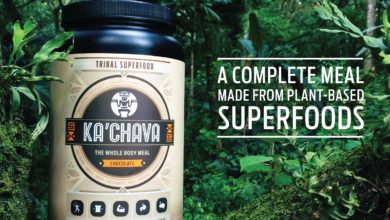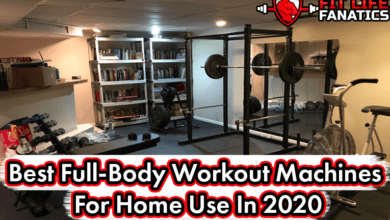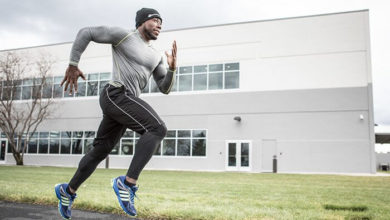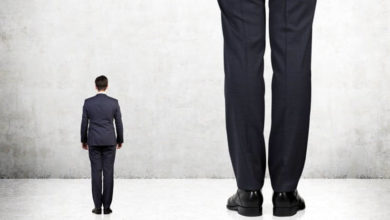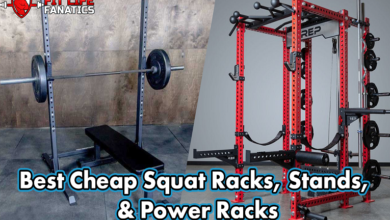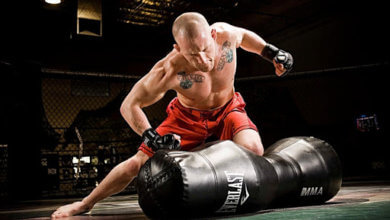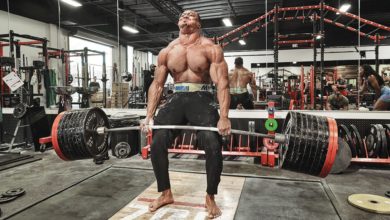Bushing Vs Bearing Barbell
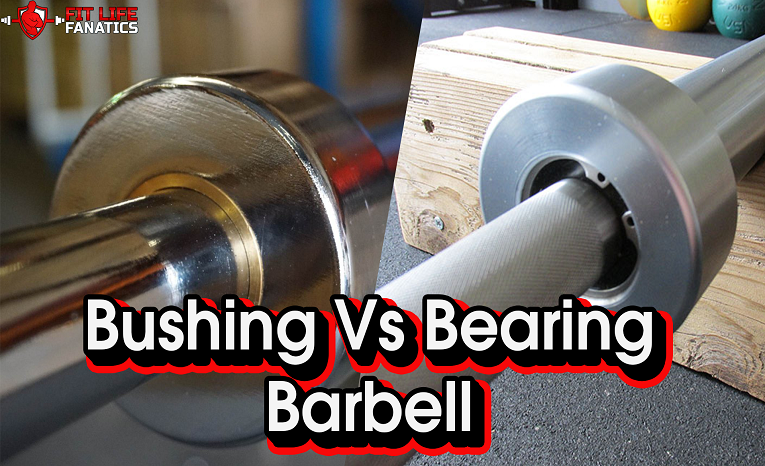
One would think that the fitness industry is free of technical gobbledygook. But when you start shopping for equipment, you’ll be greeted with a barrage of complex terms and descriptions with one goal only. To make life difficult for shoppers.
For instance, bushings and bearings in barbells.
Unless you have a basic knowhow of tools and machines, these terms can be confusing.
So much so, that a lot of buyers are thrown off by the higher prices for barbells with bearings. Just because they are unaware of the difference that it makes.
That’s why we have created a blog post to clear some facts, bust some myths and make some recommendations along the way. We have worked out with both these varieties of barbells for years and can list down every benefit and pitfall. So stay tuned.
Bushing vs Bearing Barbell, Which Barbell Do You Need?
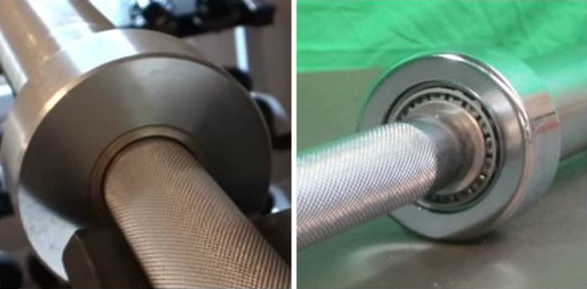
That depends on a multitude of factors. Unfortunately, just like any other fitness equipment, there’s no one size fits all here.
What kind of lifts do you generally perform? How much weight do you generally lift? What kind of dough are you looking to spend? Where are you working out (home or gym)?
The answers to each one of these questions will determine the ideal type of barbell for you.
But let’s get some basics right.
What do bushings and bearings refer to?
They refer to the type of mechanism on the sleeve of the barbell that allows or limits the amount of free spin the sleeves generate during the lifts.
Every barbell has two sleeves, an inner one and an outer one. Bushings or bearings sit in between these two sleeves to reduce friction when you lift the barbell. Without these, the two sleeves would constantly rub against each other and accelerate wear and tear.
Here are some more details about each variety.
Bushing Barbell – All You Need to Know

A bushing is a ring that’s made of a single piece of brass, bronze or composite (plastic blend).
As we mentioned a while ago, it sits in between the inner and outer sleeve, either at the inner edge of the sleeve, or the outer edge, or both.
- Brass bushings are the cheapest of the lot. These are reasonably durable. But will need to be lubricated from time to time.
- Composite bushings are the go-to choice for a lot of brands these days. The Rogue Ohio bar for instance, uses a Polymer bushing. Composite in general doesn’t ‘sound’ good, does it? It creates images of a flimsy plastic ring sandwiched in between two heavy metal components. One that will get busted in no time. That’s not the case though. Composite bushings are self-lubricating, offer great impact resistance and can last a long time.
- Sintered Bronze bushings are the top of the line option. Bronze has an excellent friction coefficient against steel, which increases the longevity of the bar. These are self-lubricating too. Don’t confuse these with cast bronze bushings which are not self-lubricating, but are quite durable nevertheless.
What Are Bushing Barbells Used For?
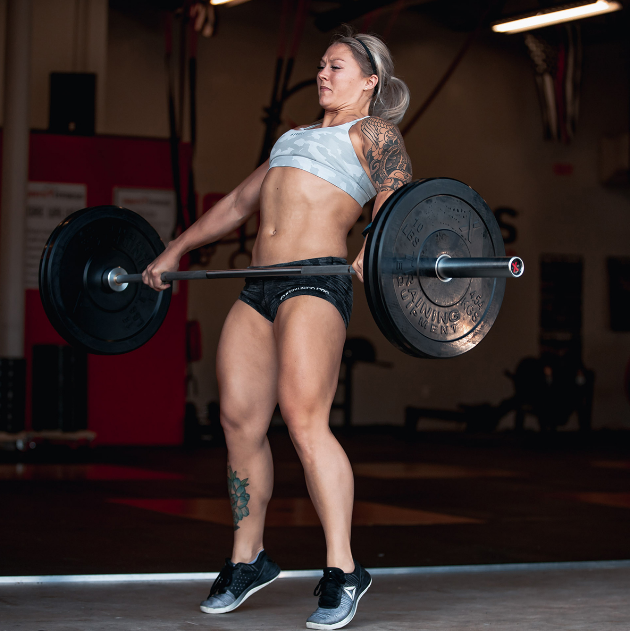
Bushing barbells are quite versatile, although they are unfairly maligned for offering a slower spin than the bearing barbell.
While that’s partly true, you might not really need an aggressive spinning sleeve if you lift at home, don’t lift a truckload of iron, or perform powerlifting moves.
Besides, bushings generally don’t wear out as soon as bearings do. These are crafted from one piece of metal and hence have a much longer lifespan.
Also, they are practically maintenance free. So, you can use a bushing barbell for years with no problems whatsoever.
Related Reading; Cambered Bar Curls, What Are They And How To Do Them?
What Are the Pros of Bushing Barbell?
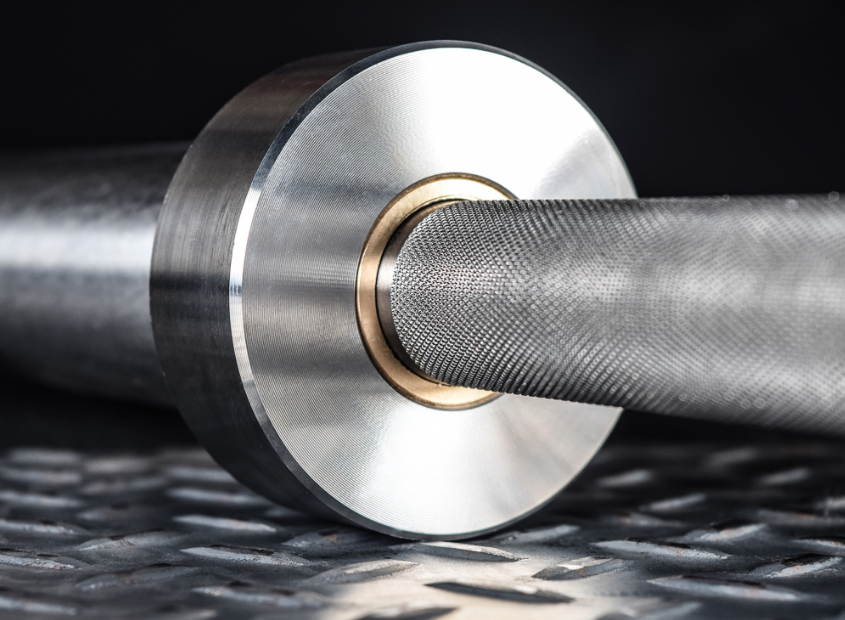
Here are some advantages of the bushing barbell.
- Cheaper – Save yourself some money and don’t get swayed into buying an equipment that you don’t need.
- Versatile – Works great for powerlifting, compound lifts and general use at home
- Durable – Can take an absolute pounding
- Offers a reasonable amount of spin – Bushing barbells do offer a fair bit of spin by the way. Don’t think that you are buying a clunker that stays stuck like glue.
Best Bushing Barbell You Can Buy

The Vulcan Standard 28 mm Olympic Training Barbell is one of the best bushing barbells that we’ve used. It’s a 44 lbs. barbell with sintered bronze bushings. With medium knurling and best-in-class 196,000 PSI Tensile Strength, you cannot go wrong with this.
Specs
- Type of bushings – Oil Impregnated Sintered Bronze
- Diameter – 28mm
- Warranty – Lifetime
- Price - $345.45
Personal Recommendation Bushing Barbell

My personal recommendation is the Rogue Ohio 2.0 bar. This is the successor to the wildly popular Rogue Ohio bar, which used Cast Bronze bushings. The 2.0 uses a polymer bushing instead which dramatically improves its impact resistance and acoustics.
This is a whisper quiet bar even if you drop it fully loaded with weights. Great knurling too.
Specs
- Type of bushings – Polymer
- Dimeter – 28.5mm
- Warranty – Lifetime
- Price - $395.00
Best Bang for Buck Bushing Barbell
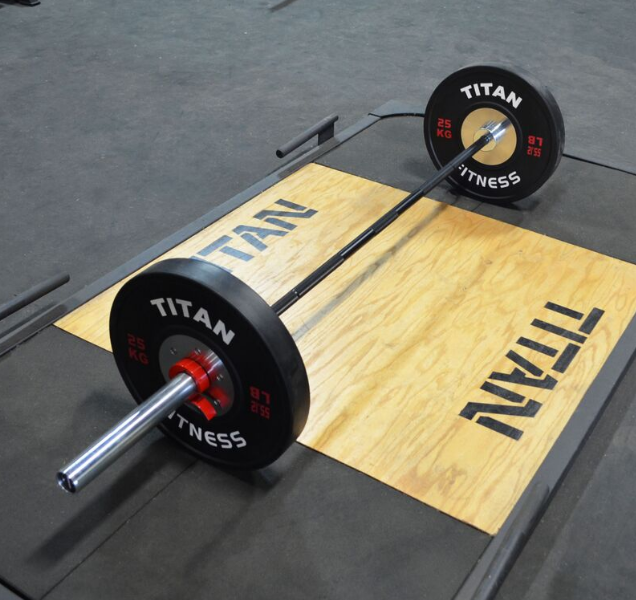
If you are looking for a ‘bang for your buck’ option, go for the Titan Olympic Power Bar. This is a 44 lbs. barbell that uses a cast bronze bushing. If you powerlift, then you’ll love the single knurl mark on the bar. The tensile rating of 165,000 is almost on par with the big guns.
In comparison, this is almost 50% cheaper though. Great choice for home use.
Specs
- Type of bushings – Cast Bronze
- Diameter – 30mm
- Warranty – 1 year
- Price - $119.97
Bearing Barbell – All You Need to Know

A bearing is a metal ring (generally) exactly like the bushing. The key difference is that it contains rolling pins on the inside, which offers a smoother sleeve rotation.
Bearing barbells offer more spin than bushing bars and are generally preferred for Olympic-style lifts such as the clean and jerk or snatch. Think fast movements where the rotation of the plates will reduce the torque and hence make it lower impact on your wrists.
Since these bars are used for Olympic lifts, bearings are generally found on higher end barbells.
You’ll come across three types of bearings on bars.
Ball bearings – These are rarely used nowadays because of poor resistance to wear and tear. You’ll generally find these on low end bars.
Thrust bearings –These are the middle ground.
Needle bearings – These are the gold standard for bearing bars. As implied by the name, these use needles instead of balls inside the outer ring. Needle bearings offer many advantages. Longevity, better resistance to wear and tear, radial load to name a few. Some high end bars these days combine bearings with bushings.
What Are Bearing Barbells Used For?
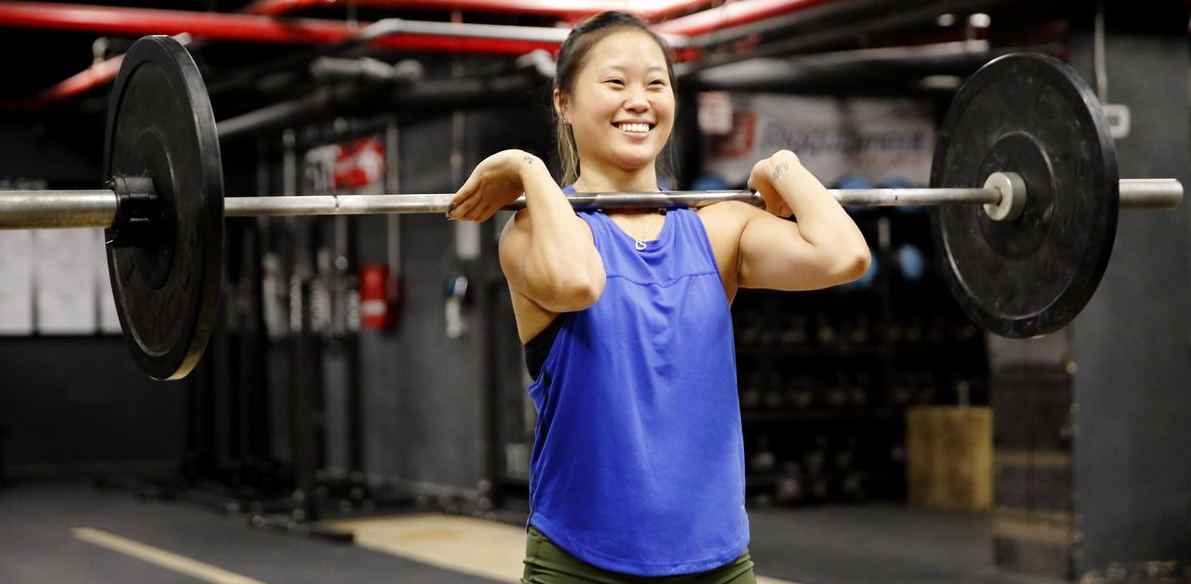
Bearing barbells are used for high speed/intensity lifts such as clean and jerks. The free rotation of the sleeves helps to reduce the amount of torque generated by the plates. The heavier you lift, the more important it is to reduce torque so that you get a firm grip and don’t end up busting your wrist.
That said, many CrossFit athletes also prefer using bearing barbells.
What Are the Pros of Bearing Barbells?
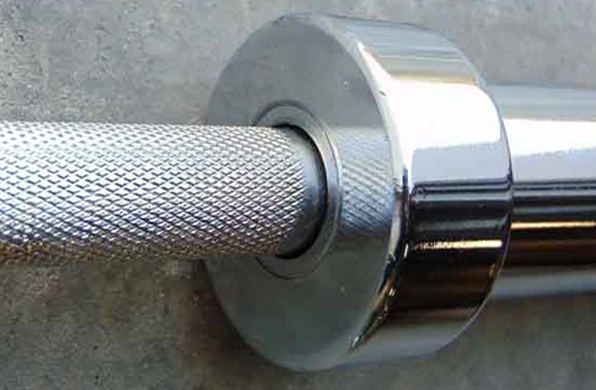
Here are some of the advantages of bearing barbells.
- Smoother sleeve rotation and hence better suited for Olympic lifts and high intensity lifts.
- Found on the highest quality barbells used by pros. If a bar uses bearings, it is generally considered to be a quality equipment
- Lasts long without getting worn out
Best Bearing Barbell You Can Buy
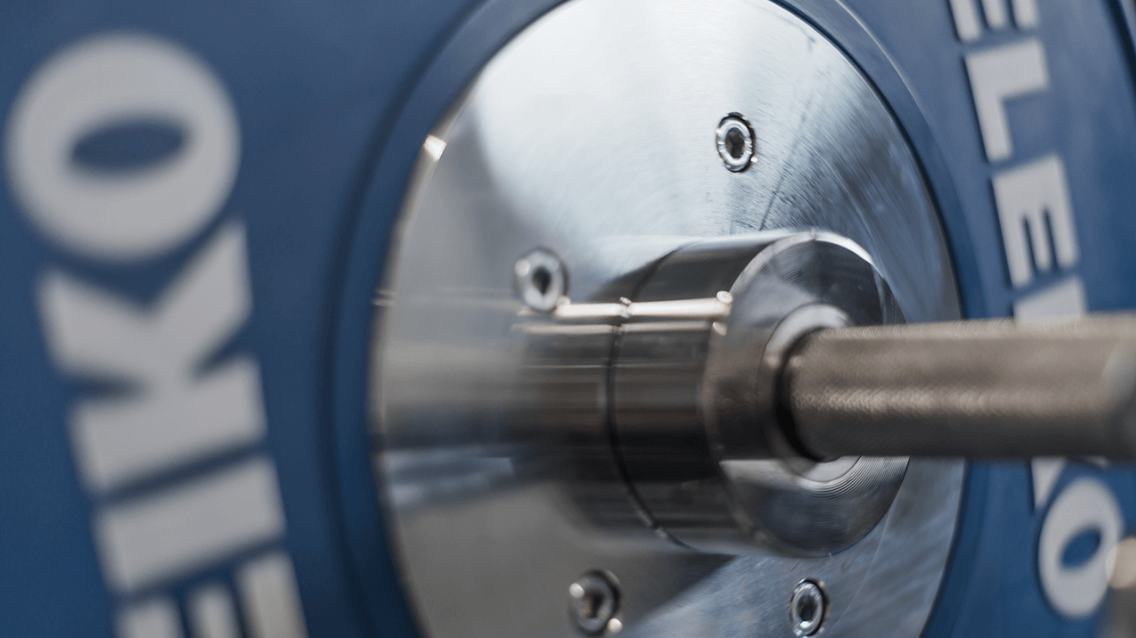
The best bearing Barbell that you can buy is the Eleiko IWF weightlifting bar. This is hands down, the best Olympic barbell in the world. It’s engineered to perfection and is used by every IWF pro in every competition.
The spin is stable and offers great control thanks to the 8 needle bearings on that sleeve. If you have the cash, don’t even think twice. Go for this.
Specs
- Bearing type – Needle bearing
- Weight – 44 lbs.
- Diameter – 28mm
- Warranty – Lifetime
- Price - $1100
My Personal Recommendation

I personally use the Rep Gladiator BB-5000 Barbell. This brute of a bar comes with a 230K tensile strength rating. It can easily sustain 1500 lbs. without even flinching under that weight. The needle bearings in the sleeves gives it a stable, but smooth spin. Perfect for most Olympic lifts, as well as my HIIT weight training.
The Whip on the bar is much better than what you’d get with any bushings barbell. Also, it offers a 5-year warranty which is excellent, especially considering that similar priced bars come with a 1-year warranty at best.
Specs
- Bearing type – Needle bearing
- Weight – 44 lbs.
- Diameter – 28mm
- Warranty – 5-Years
- Price - $349.99
Bang for The Buck Choice
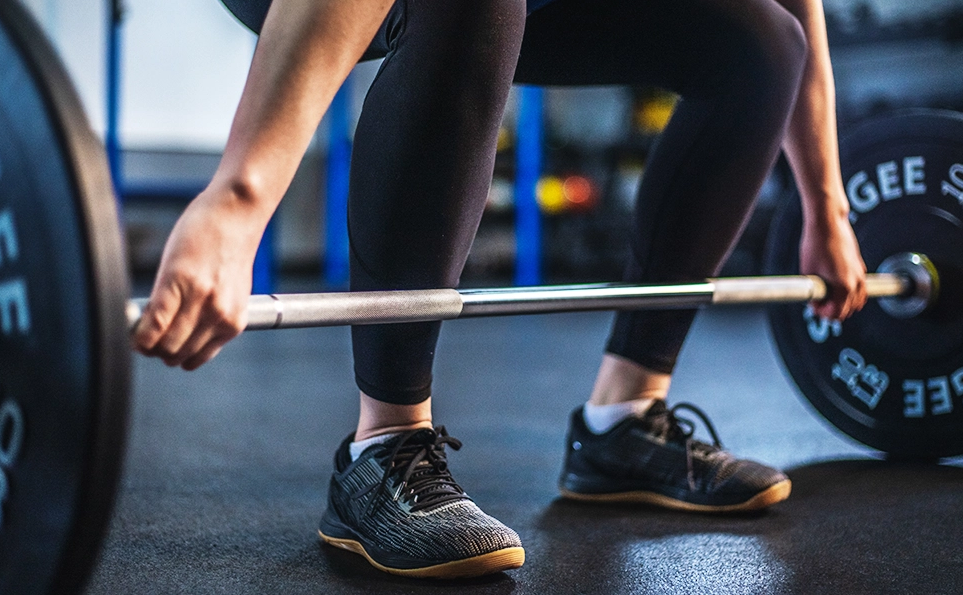
One of the bars that I really liked is the Synergee Regional Olympic bar. This is a terrific option for those who seek premium quality without spending through their nose. The bar features needle bearings and a tensile strength rating of 190 000 psi.
There are 10 needle bearings, 5 on each sleeve. That’s even better than the Eleiko (on paper).
Specs
- Bearing type – Needle bearing
- Weight – 44 lbs.
- Diameter – 28mm
- Warranty – 1-year
- Price - $200
What Are the Differences Between Bushing and Bearing Barbells?

We hope that by now, you have a fair idea of how each type of spinning mechanism on a barbell works. However, here’s a list of the primary differences between bushing and bearing barbells.
They Spin Differently

Because of the design of a bushing, it offers less spin as compared to bearings. Naturally, bushings barbells spin less than bars with bearings. As a result, these bars are used for very different purposes.
Bushing Bars Are General Purpose
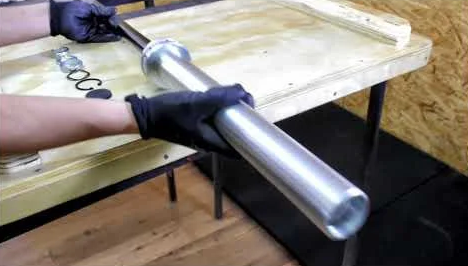
Bushing bars are cost effective and better suited for general purpose use, such as bodybuilding, weightlifting and powerlifting. With these barbells you can do deadlifts and squats on the same day with the same barbell. Also If you are looking for a short barbell you should get a bushing bar, these bars offer just enough spin to ensure that your wrists don’t end up overworked.
Bearings Bars Are Specialized for High Intensity Lifts
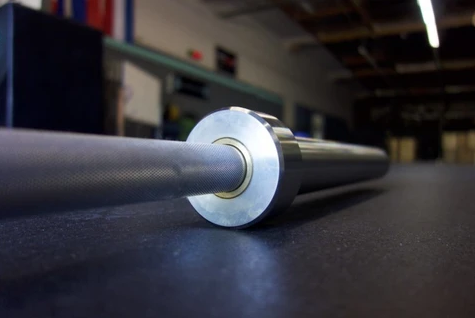
Bearings bars on the other hand are designed to take the stress off your wrists during fast, high intensity moves. This makes them the go-to choice for Olympic lifts.
Bushing Bars May Be Cost Effective
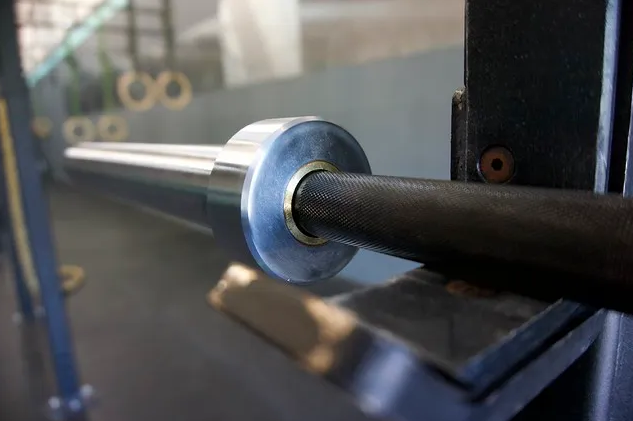
Bushing bars are generally more cost effective as compared to bars with bearings. That said, it’s not uncommon to find high end bars in both varieties costing south of $1000.
Price Is Not an Indicator of Quality and Hence, Should Not Be Used to Differentiate Between the Two
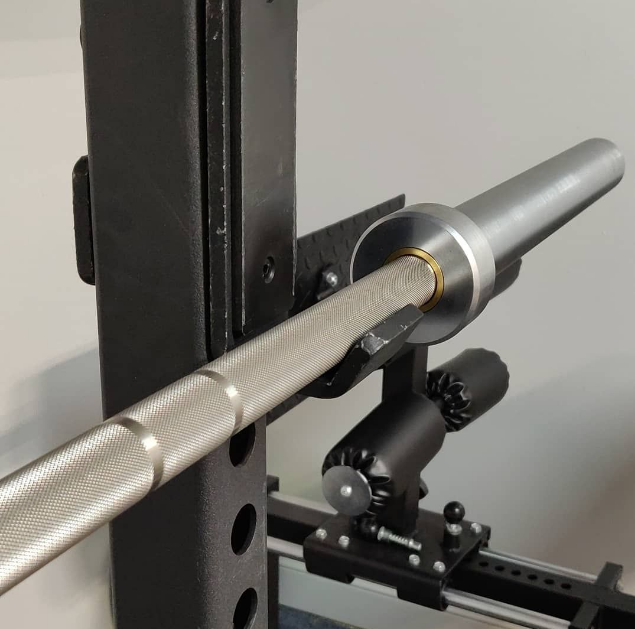
Manufacturers like to use hype to drive up prices. So, you may find statements like ‘Our bar uses bearings and hence is superior’. That’s not true. In the end, it all boils down to the build quality. A bar that uses Sintered Bronze bushings may be of much better quality than a bar that uses ball bearings. Similarly, a bar with two high-quality needle bearings may be a better bet than a bar that uses 20 low-quality needles.
Always consider the overall build quality and then pick the best option.
What Is the Noise Level of Bushing vs Bearing Barbells?
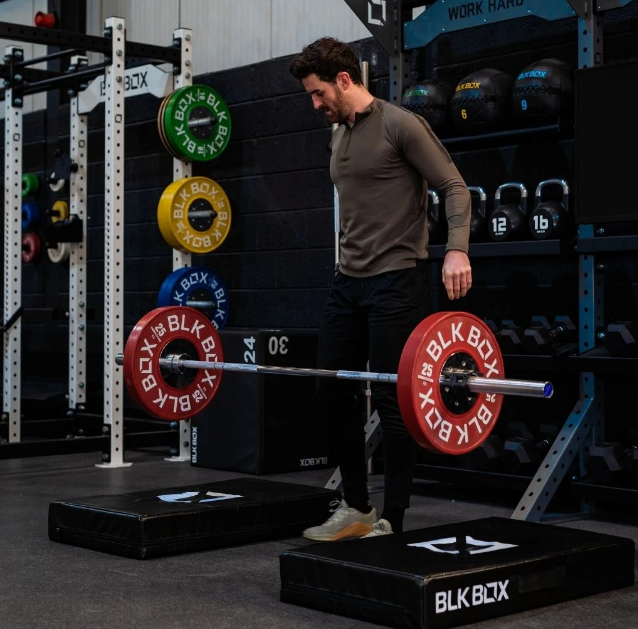
The general consensus veers towards bearing barbells being quieter than bushing bars. But that’s a random statement with no real proof to back it up with. Granted that the top-end bars like the Eleiko that use needle bearings are whisper quiet. But so are some of the newer bushing bars with composite bushings.
In fact, Rogue’s new Ohio 2.0 Bar is amongst the quietest ones that we’ve seen in a long time.
By quiet, we mean that the sleeves don’t create that loud, jittery bang when you drop it to the floor. You will steel hear the vibration though. If you want to do away with that, consider getting silencer pads.
Which Is Better: A Bushing or A Bearing Bar for Crossfit?

CrossFit borrows a lot of lifts from Olympic weight training. But it also has many overlapping features from power lifting.
But given that there are some high intensity moves such as the Clean and Jerk & Snatching, we recommend a bearing bar for CrossFit training. Bushing bars work great for powerlifting moves. But when you repeatedly perform high intensity snatches and cleans, you need more rotation at the sleeves to protect your wrists from injury.
So, go for a bearing bar any day if you train CrossFit. But if you are looking for a versatile bar for recreational bodybuilding, or for home use, a bushing bar will do just fine.
Related Readings:
- How Much Does a Bench Press Bar Weigh?
- How Much Does a Smith Machine Bar Weigh?
- Tactical Barbell Review, Results, Pdf Download
- Chest Press Vs Bench Press – What are the Differences? Which is Better?
- 11 Best Home Gyms for Bodybuilding – With & Without Weights – Reviewed
Resources:
- https://www.fringesport.com/blogs/news/bushing-vs-bearing-which-do-you-choose
- https://www.vulcanstrength.com/Vulcan-Standard-28-mm-Olympic-Barbell-p/vsolts28m.htm
- https://www.roguefitness.com/the-rogue-bar-2-0-blbr
- https://www.eleiko.com/en/p/eleiko-iwf-weightlifting-competition-bar-20-kg-men/12
- https://www.repfitness.com/rep-gladiator-olympic-bar
Ben Mayz
Hi there! I'm Ben, main author and chief editor at Fitlifefanatics.com. I have been obsessed with Strength Training and Fitness for 18 years now.
My passion for living a happy fit lifestyle is what made me realize that fitness is what I wanted for my future.
I went on to earn my Masters in Sports Training & Biomechanics.
My passion for Strength training & fitness and my love of helping others is what made me start Fitlifefanatics.
Here, myself, and a team of specialist aim to provide the most accurate, and actionable information possible in hopes to help foster the fitness community forward.
You can learn more about Fitlifefanatics on our About Page
